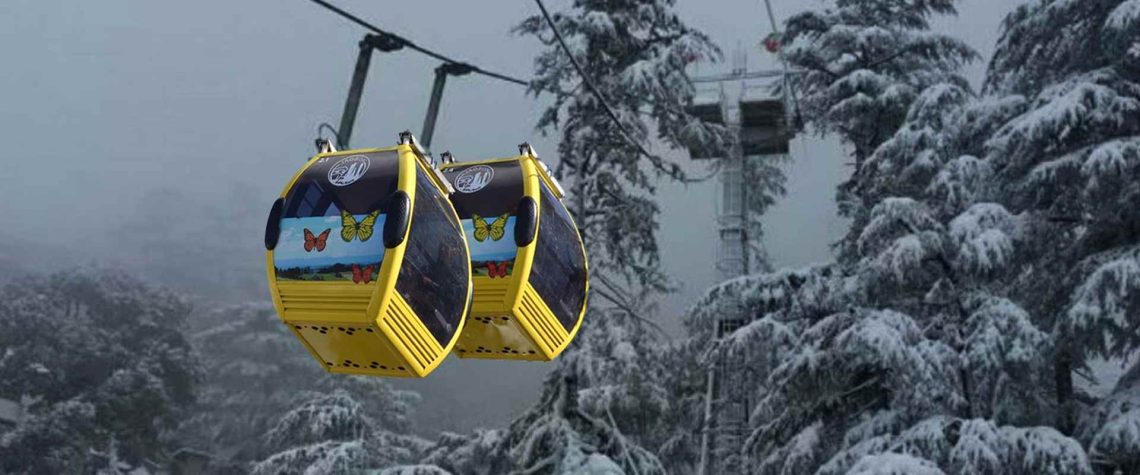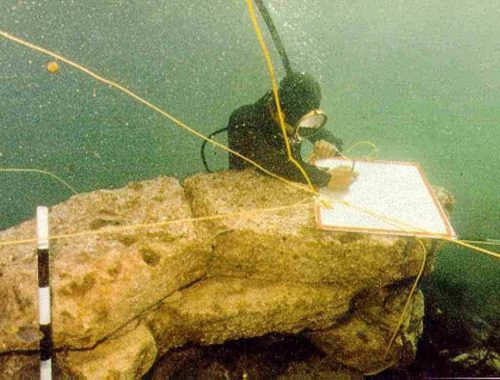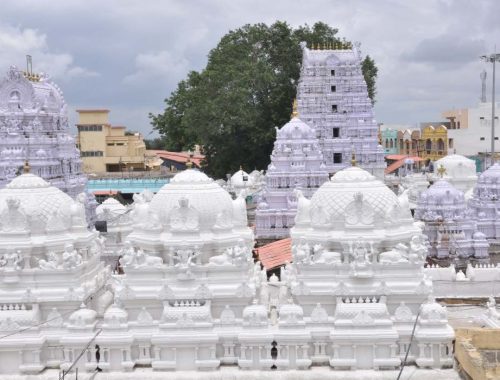
Shimla to Get Asia’s Longest Ropeway: A New Era for Tourism and Connectivity
Shimla, the beautiful hill station in Himachal Pradesh, is about to witness a major change with the introduction of Asia’s longest urban ropeway. This exciting project, covering 13.79 kilometers, is set to transform the way people travel in Shimla, reduce traffic, and improve the city’s tourism. With an investment of ₹1,734 crore, the ropeway will provide a faster, greener, and more efficient transport solution for both locals and tourists.
By offering stunning views of Shimla’s scenic landscapes, the project aims to boost tourism and create a positive impact on the city’s economy. Once completed, the ropeway will be able to transport 2,000 passengers per hour, making it an essential part of Shimla’s infrastructure. Keep reading to know more about it.
What is the Shimla Ropeway Project?
The upcoming Shimla ropeway will span a remarkable 13.79 kilometers, making it Asia’s longest. This state-of-the-art ropeway is being built with an investment of ₹1,734 crore, and it will connect various key locations in Shimla, including Maa Tara Devi and Sanjauli. Once completed, it is expected to carry up to 2,000 passengers per hour, making travel in the city much more efficient.
Why is the Shimla Ropeway a Game Changer for Tourism?
1] Boost to Tourism in Shimla
The new ropeway will offer tourists panoramic views of Shimla’s stunning landscapes, including its lush green hills, colonial buildings, and vibrant local culture. This will enhance the overall tourist experience and make Shimla an even more attractive destination for visitors. With the ropeway system, travelers will not only enjoy the view but also avoid the hassle of traffic, which often hinders the tourism experience, especially during peak seasons.
2] Faster, Cleaner, and More Efficient Travel
Shimla has long faced issues with traffic congestion, particularly during the tourist season. The new ropeway will significantly reduce road traffic, offering a cleaner, greener, and better alternative for both locals and tourists. The cable cars will arrive every 2-3 minutes, ensuring a smooth and timely transportation experience. The ropeway will feature 660 cabins, each capable of carrying 8 to 10 passengers.
3] Transforming Shimla’s Transportation System
The ropeway will connect 15 strategically located stations across Shimla. Some of the key stations include:
- Maa Tara Devi
- Court Complex (Chakkar)
- Tutikandi Parking Area
- ISBT
- Tunnel No. 103
- Railway Station
- Victory Tunnel
- Lakkar Bazaar Area
- IGMC Hospital
- Sanjauli
This connectivity will make commuting around Shimla far more accessible and efficient, benefiting both locals and tourists.
Also Read: Delhi Launches Solar-Powered River Cruises on Yamuna to Reduce Traffic and Boost Tourism
Environmental Sustainability in the Shimla Ropeway Project
Shimla’s ropeway project also focuses on sustainability and eco-friendliness. With the goal of minimizing its carbon footprint, the ropeway will be powered in part by solar panels installed on each cabin. In addition, 90 electric vehicle charging stations will be set up at boarding points, further promoting green tourism and supporting the city’s efforts to combat pollution.
Economic and Social Impact
The economic benefits of the Shimla ropeway are significant. The project is expected to boost local businesses, from hotels to handicrafts, by increasing the number of visitors to the region. Furthermore, the ropeway will create new jobs and provide a fresh source of revenue for Shimla’s economy. The increased accessibility and tourism potential will not only enhance Shimla’s global appeal but also improve the livelihoods of the people living in and around the area.
Funding and Timeline
The total cost of the ropeway project is ₹1,734 crore. It will be financed through a Public-Private Partnership (PPP) model, with 80% of the funding provided by the New Development Bank and the remaining 20% contributed by the Himachal Pradesh government. Construction is slated to begin in March 2025, with an expected completion date of 2029.
A Bright Future for Shimla
Once completed, the Shimla ropeway will not only be the longest in Asia but will also position the city as a modern, forward-thinking destination for tourists and locals alike. By addressing traffic woes and enhancing the tourism experience, the ropeway is set to become a major milestone in Shimla’s journey toward becoming a more connected and sustainable city.
The project aligns perfectly with Shimla’s long-term vision of promoting sustainable tourism while preserving its natural beauty. With its unique offering and cutting-edge design, it’s bound to attract tourists from all over the world and will surely be a key feature in Shimla’s tourism landscape for years to come.
Final Thoughts
Shimla’s new ropeway is a bold step forward, creating a seamless fusion of nature, technology, and tourism. This iconic project will not only change the way people experience Shimla but also contribute significantly to the city’s economic growth and environmental sustainability. As the world’s second-longest urban ropeway, it’s poised to make Shimla a must-visit destination, offering an unforgettable travel experience like never before.
FAQs
1. What is the Shimla Ropeway project?
The Shimla Ropeway is an ambitious project that will span 13.79 kilometers, connecting key locations in Shimla. It will be the longest urban ropeway in Asia and will offer a unique travel experience with stunning views of the city.
2. How many passengers will the Shimla Ropeway be able to carry?
The ropeway will be able to transport 2,000 passengers per hour, providing a fast and efficient travel option for both tourists and locals.
3. How will the ropeway benefit tourism in Shimla?
The ropeway will enhance the tourism experience by offering panoramic views of Shimla’s natural beauty and colonial architecture. It will also reduce traffic congestion, making the city more accessible to tourists.
4. Will the ropeway be environmentally friendly?
Yes, the Shimla Ropeway project will feature solar-powered cabins and 90 electric vehicle charging stations, making it an eco-friendly transportation system.
5. When will the Shimla Ropeway be completed?
The construction of the Shimla Ropeway is set to begin in March 2025, with an expected completion date in 2029.
(Featured image taken from jakhuropewayshimla.com)
Khushi Jha
I am Khushi Jha, a proud alumna of Delhi University with a degree in History and Political Science. My fascination with the events that have shaped our world drives me every day. Currently, I am pursuing my Master’s in History, diving even deeper into global dynamics and the incredible heritage of India. I firmly believe that India's rich heritage deserves wider recognition. I strive to bring its stories to the forefront, ensuring they are celebrated and acknowledged on a global stage. I have written extensively across various niches, including fashion, health, lifestyle, real estate, hospitality, amongst others. In my free time, you’ll find me immersed in books, both fiction and non-fiction, or simply enjoying some much-needed rest.
You May Also Like

10 Shocking Archaeological Discoveries in India That Broke the Internet
September 3, 2025
Maha Shivratri Snan at Maha Kumbh Mela 2025: Everything You Need to Know
February 12, 2025


